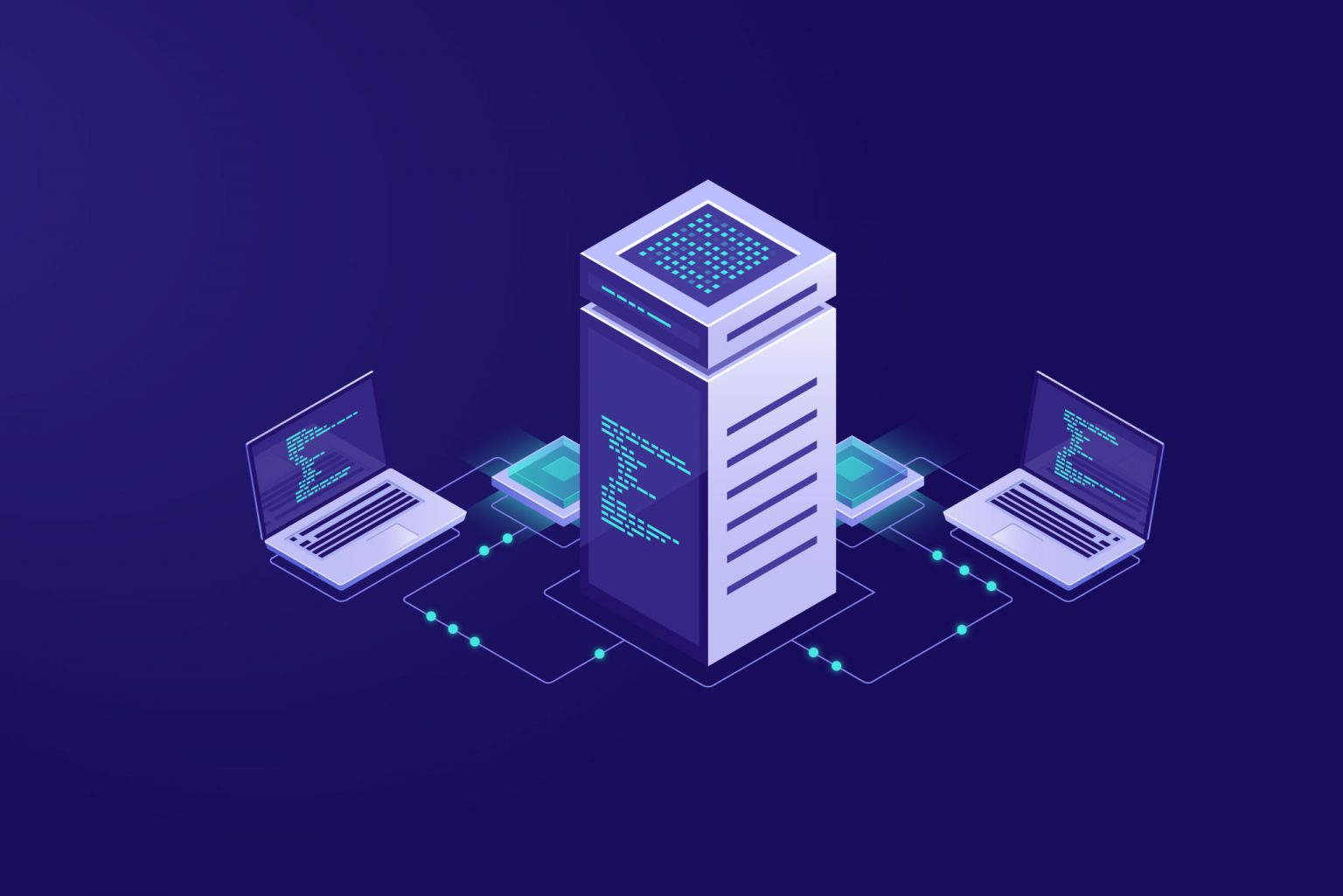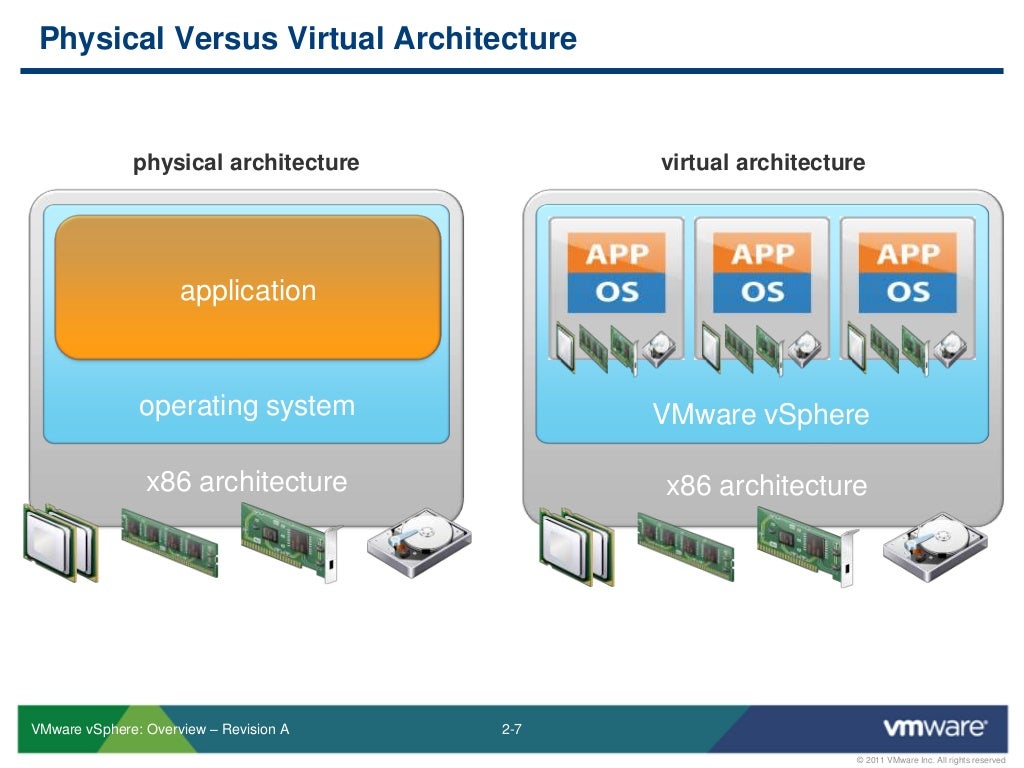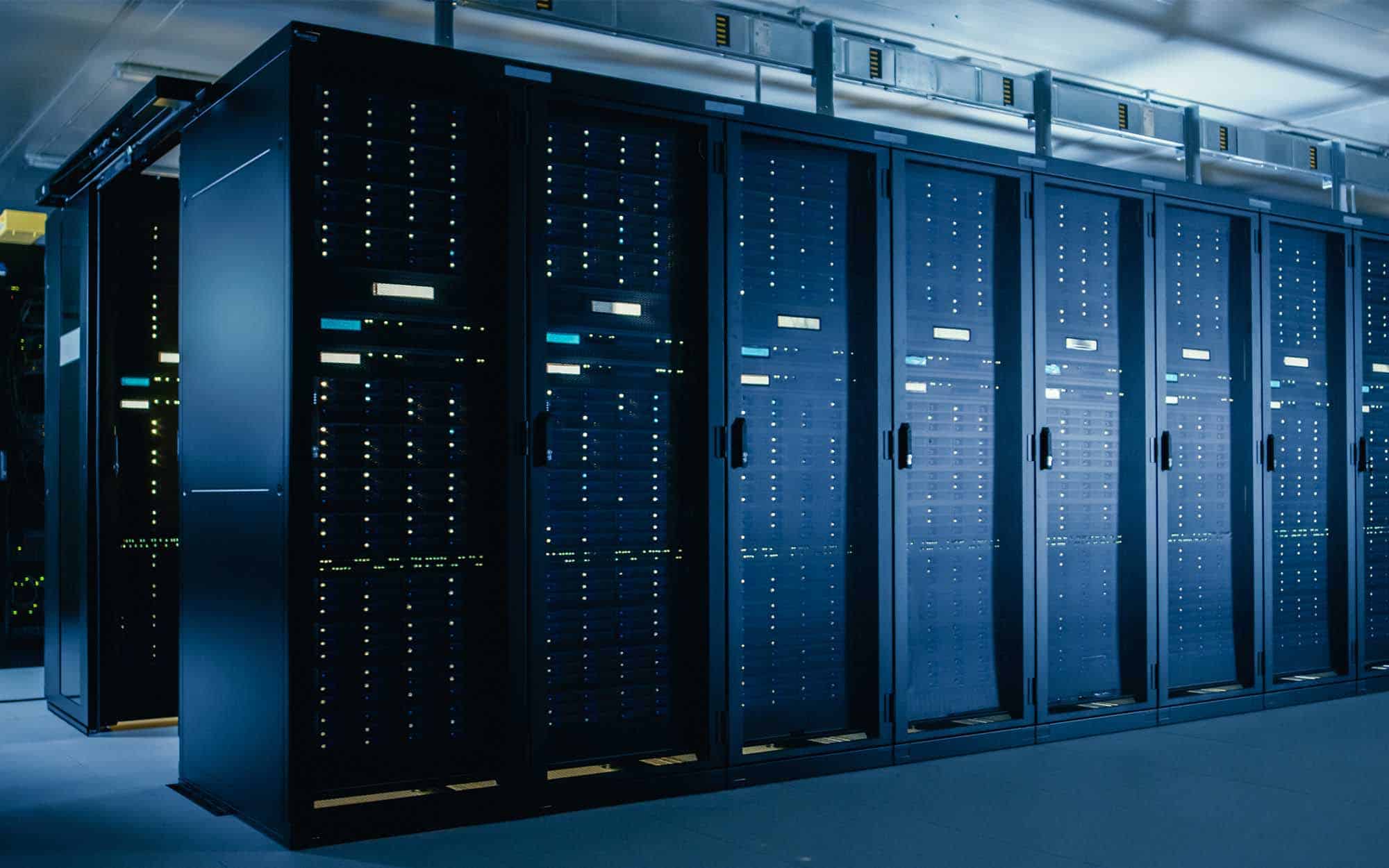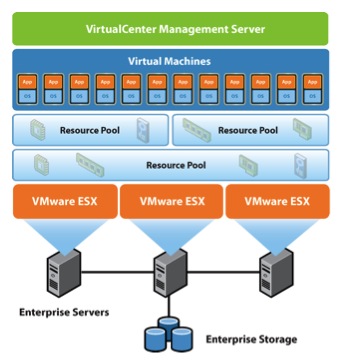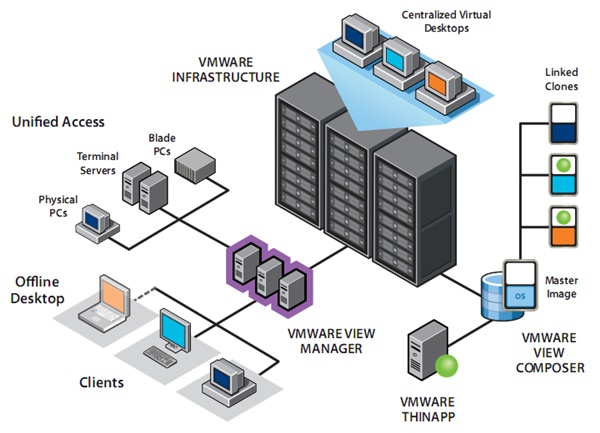What Is Virtual Server Infrastructure
What Is Virtual Server Infrastructure. A virtual infrastructure provides the same IT capabilities as physical resources, but with software, so that IT teams can allocate these virtual resources quickly and across multiple systems, based on the varying needs of the enterprise. Types of server infrastructure Organizations can set up two types of infrastructure: centralized and decentralized.
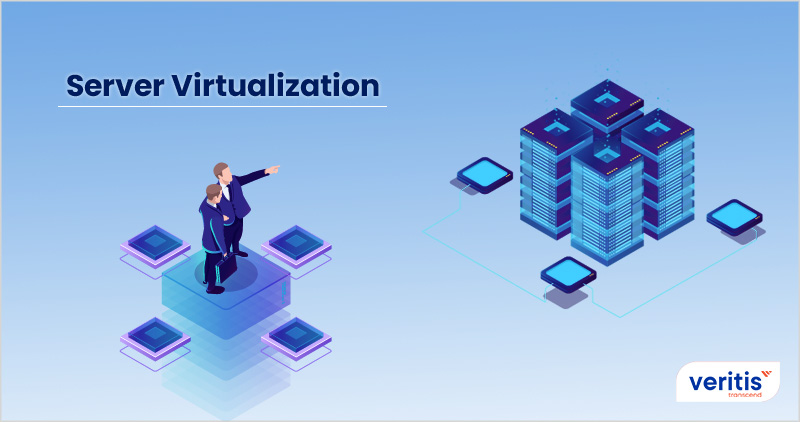
These virtual environments are known as virtual machines, which can each run their own operating system, applications, and other software.
It operates within a host system stimulated by virtualization software or hypervisors like Microsoft Hyper-V, VMware, or Oracle VirtualBox.
An in-place upgrade allows you to go from an older operating system to a newer one while keeping your settings, server roles, and data intact. A virtual infrastructure provides the same IT capabilities as physical resources, but with software, so that IT teams can allocate these virtual resources quickly and across multiple systems, based on the varying needs of the enterprise. Virtualization is technology that you can use to create virtual representations of servers, storage, networks, and other physical machines.
